Michael McDonald. The name itself conjures up images of a distinctive, soulful voice that has graced the airwaves for decades. From his early days with Steely Dan and the Doobie Brothers to his successful solo career, McDonald has crafted a remarkable body of work filled with unforgettable songs. His signature vocal style, characterized by its rich timbre and emotional depth, is instantly recognizable and deeply beloved by fans worldwide. This article delves into some of the key tracks that define his journey, offering a closer look at the artistry behind the music.
‘God Knows’ (1971): The Budding Dream
“It wasn’t the first recording I’d ever done — not even the first professional recording I’d done — but it was really the beginning, where I thought that I would do this as a real occupation.” – Michael McDonald
For Michael McDonald, “God Knows” wasn’t just another recording; it was the sound of a dream taking shape. Recorded early in his career, this track marked a pivotal moment where the idea of music as a profession began to solidify. Hailing from St. Louis, McDonald understood the uphill battle of making music in a regional scene. However, landing in Los Angeles and collaborating with producer Rick Jarrard, known for his work with Harry Nilsson and Jefferson Airplane, felt like a quantum leap. This experience instilled in him the belief that a real career in music was within reach. Despite the initial contract likely being unfavorable, the opportunity to stay in California and create music was an irresistible prospect for the young artist. This song encapsulates the bittersweet memories of early ambition and the daunting yet exciting prospect of chasing a musical dream in the big leagues of Los Angeles.
 Young Michael McDonald in the 1970s, early days of his music career.
Young Michael McDonald in the 1970s, early days of his music career.
‘Bad Sneakers’ (1975) (Steely Dan): A Taste of the Big Time
“All of a sudden I went from playing bars in Glendale to touring the United States and Europe with Steely Dan… I was in heaven. It was my favorite band at the time.” – Michael McDonald
Joining Steely Dan was a transformative experience for Michael McDonald, catapulting him from local bars to international stages. “Bad Sneakers,” from Steely Dan’s Katy Lied album, holds a special place in his discography as the first studio track he recorded with the band as a background vocalist. While the touring life with Steely Dan was demanding and not financially lucrative for everyone initially, it was a period of immense artistic fulfillment for McDonald. He reveled in being part of his favorite band and embraced the opportunity to contribute to their unique sound. Donald Fagen and Walter Becker’s experimental approach to music, particularly their innovative use of McDonald’s voice as a singular instrument, opened new sonic possibilities for him. “Bad Sneakers” is a testament to McDonald’s adaptability and his ability to seamlessly integrate his vocal talents into the complex and sophisticated soundscape of Steely Dan.
 Steely Dan performing live in 1974, featuring Michael McDonald on vocals and keyboards.
Steely Dan performing live in 1974, featuring Michael McDonald on vocals and keyboards.
‘Takin’ It to the Streets’ (1976) (The Doobie Brothers): A New Chapter
“It was just a dream come true. I had this great gig, with another great band. I liked the guys the minute I met them.” – Michael McDonald
The Doobie Brothers offered Michael McDonald another significant turning point in his career. Brought in as a temporary replacement for Tom Johnston during a medical emergency, McDonald quickly became an integral part of the band. “Takin’ It to the Streets,” a song penned by McDonald, marked his songwriting debut with the Doobies and showcased a shift in the band’s musical direction. Inspired by conversations with his socially conscious sister about societal issues and economic disparities, the song’s lyrics reflected a sense of awareness and a call for change. Originally envisioned as a gospel song, the Doobie Brothers transformed it into a distinctive “rock gospel thing,” blending rock instrumentation with soulful and spiritual undertones. This track not only solidified McDonald’s place in the band but also signaled a new creative era for the Doobie Brothers, one heavily influenced by his soulful sensibilities.
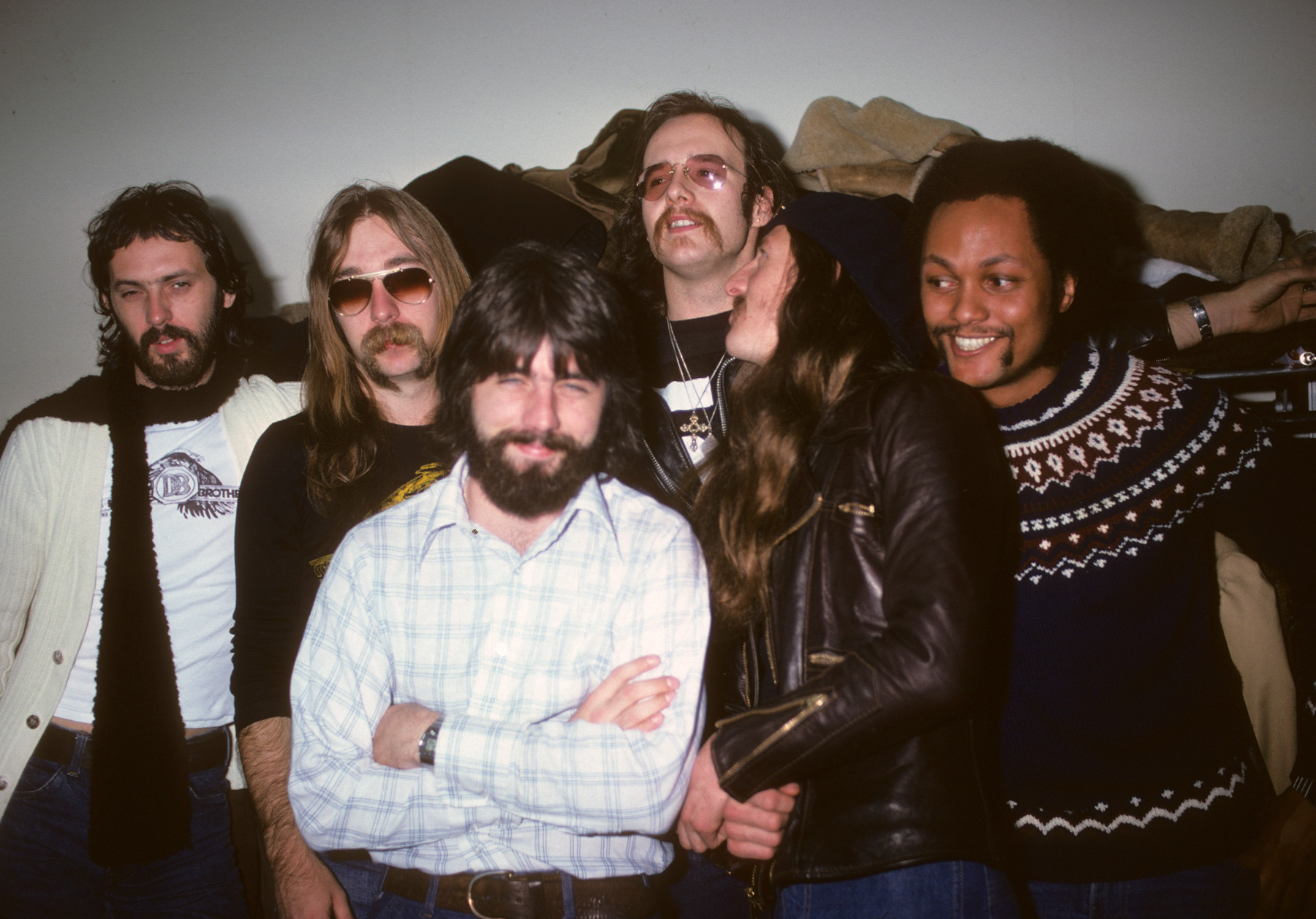 The Doobie Brothers lineup in 1976, Michael McDonald era, backstage photo.
The Doobie Brothers lineup in 1976, Michael McDonald era, backstage photo.
‘You Belong to Me’ (1977) (The Doobie Brothers): A Collaborative Hit
“That was a real stroke of luck for me. I owe great thanks to Ted Templeman for that one… It became one of the songs that, for me as a writer, had a lot of legs.” – Michael McDonald
“You Belong to Me” stands as a testament to the power of collaboration and serendipity. Initially just chords and a melody, the song blossomed into a hit thanks to producer Ted Templeman’s suggestion to involve Carly Simon in writing the lyrics. Simon’s lyrical contribution proved to be crucial, adding a universal appeal that resonated with a wide audience. McDonald credits Simon’s lyrics for the song’s longevity and its popularity among other artists for covers, particularly female singers. This track exemplifies how creative partnerships can elevate a song beyond its initial conception, transforming it into a timeless classic. “You Belong to Me” not only became a Doobie Brothers staple but also a significant song in McDonald’s songwriting catalog, demonstrating his knack for crafting melodies that pair beautifully with evocative lyrics.
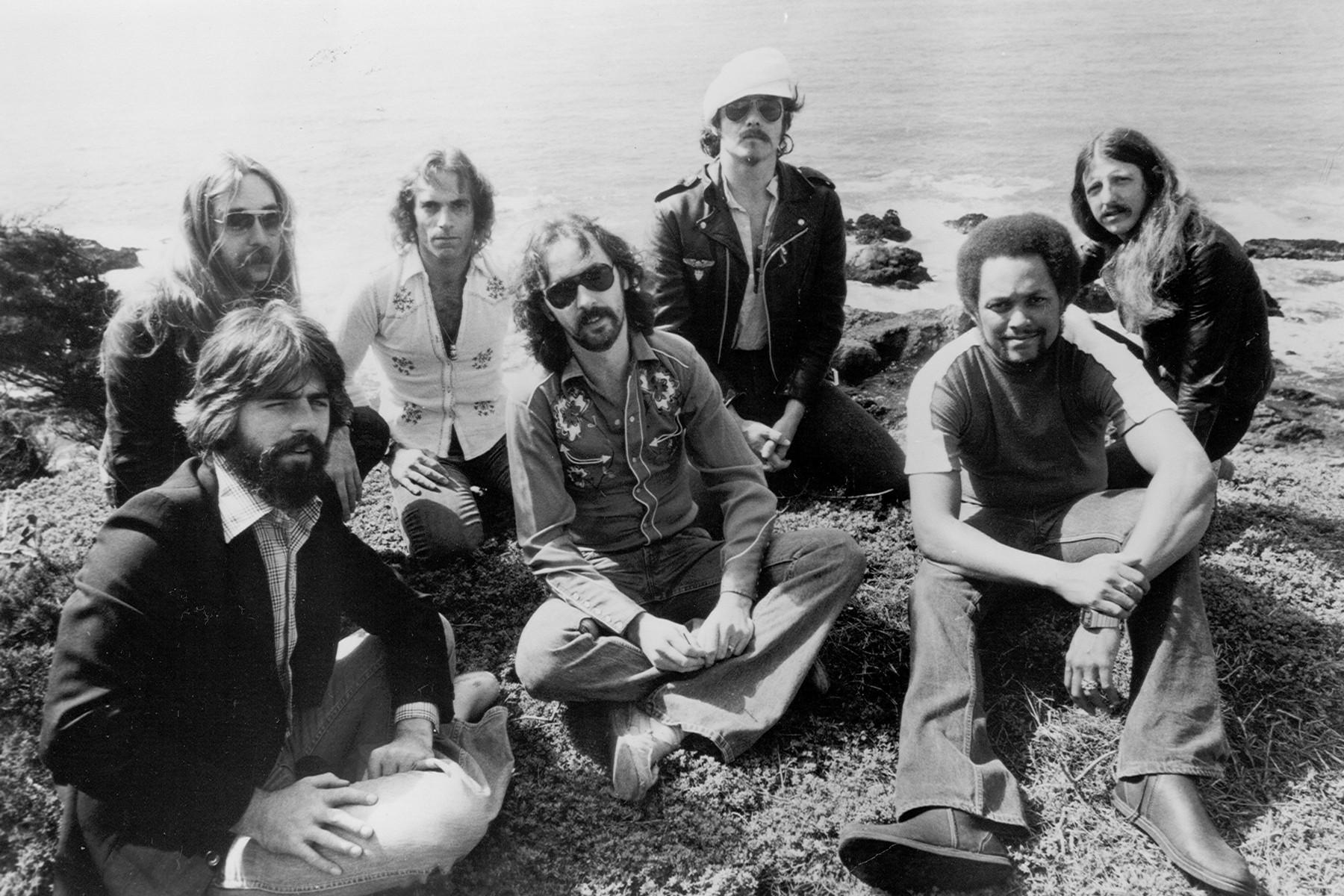 Michael McDonald and Jeff Baxter of the Doobie Brothers in 1978, yacht rock era.
Michael McDonald and Jeff Baxter of the Doobie Brothers in 1978, yacht rock era.
‘What a Fool Believes’ (1978) (The Doobie Brothers): Chart-Topping Transformation
“It cemented a version of the Doobies that I think might not have happened had that song not made its way into our recording of Minute by Minute.” – Michael McDonald
“What a Fool Believes” is perhaps one of the most iconic Michael Mcdonald Songs, and it played a pivotal role in shaping the Doobie Brothers’ sound and trajectory. Co-written with Kenny Loggins, this song was the first collaboration between the two artists and marked the beginning of a fruitful songwriting partnership. It was also the breakthrough hit from the album Minute by Minute, an album initially dismissed by Warner Brothers executives. Against all expectations, “What a Fool Believes” resonated deeply with the public, driven by radio requests and word-of-mouth. McDonald acknowledges the somewhat random nature of record success, highlighting how public reception can defy industry predictions. This song not only topped the charts but also solidified a new, more soulful and keyboard-driven identity for the Doobie Brothers, forever changing their musical landscape.
‘Here to Love You’ (1978) (The Doobie Brothers): Exploring Gospel Roots
“Minute by Minute, we were starting to experiment with our inner gospel child, as a band. We started to explore a little more of a jazz/gospel sensibility.” – Michael McDonald
“Here to Love You,” another gem from the Minute by Minute album, showcases the Doobie Brothers’ deepening exploration of gospel and jazz influences. McDonald emphasizes that this shift was a collective effort, with contributions from Jeff Baxter and Tiran Porter, alongside Pat Simmons’ jazz-infused songwriting. The band’s adventurous studio approach led them to incorporate more keyboard-driven compositions, moving away from their guitar-centric origins. Inspired by the raw emotion and passion of gospel music, particularly experienced in churches like West Angeles Church, the band sought to inject that sensibility into their rock sound. “Here to Love You” exemplifies this fusion, reflecting the band’s “poor man’s version” of gospel, yet capturing a genuine soulful essence that resonated with audiences and broadened their musical palette.
 The Doobie Brothers rehearsing for their Japan tour, gospel and jazz influences.
The Doobie Brothers rehearsing for their Japan tour, gospel and jazz influences.
‘I Can Let Go Now’ (1982) (Solo): A Song from Thin Air
“Within 10 minutes of sitting at the piano, the song evolved. It came from a personal experience… Did I write this, or did some dead relative send it to me from the other side?” – Michael McDonald
“I Can Let Go Now” stands out in Michael McDonald’s catalog as a song that seemingly materialized effortlessly. Unlike his typically lengthy songwriting process, this track emerged in a mere ten minutes, feeling almost divinely inspired. Rooted in a personal experience of reconnecting with a former partner who had found peace and forgiveness, the song captures a moment of emotional release and acceptance. The phrase “I can let go now,” uttered by his former partner, sparked the entire song. McDonald, known for often writing in the third person, channeled this personal sentiment into a universally relatable narrative of moving on and finding closure. This song highlights the spontaneity of creativity and how profound personal moments can translate into powerful and resonant music.
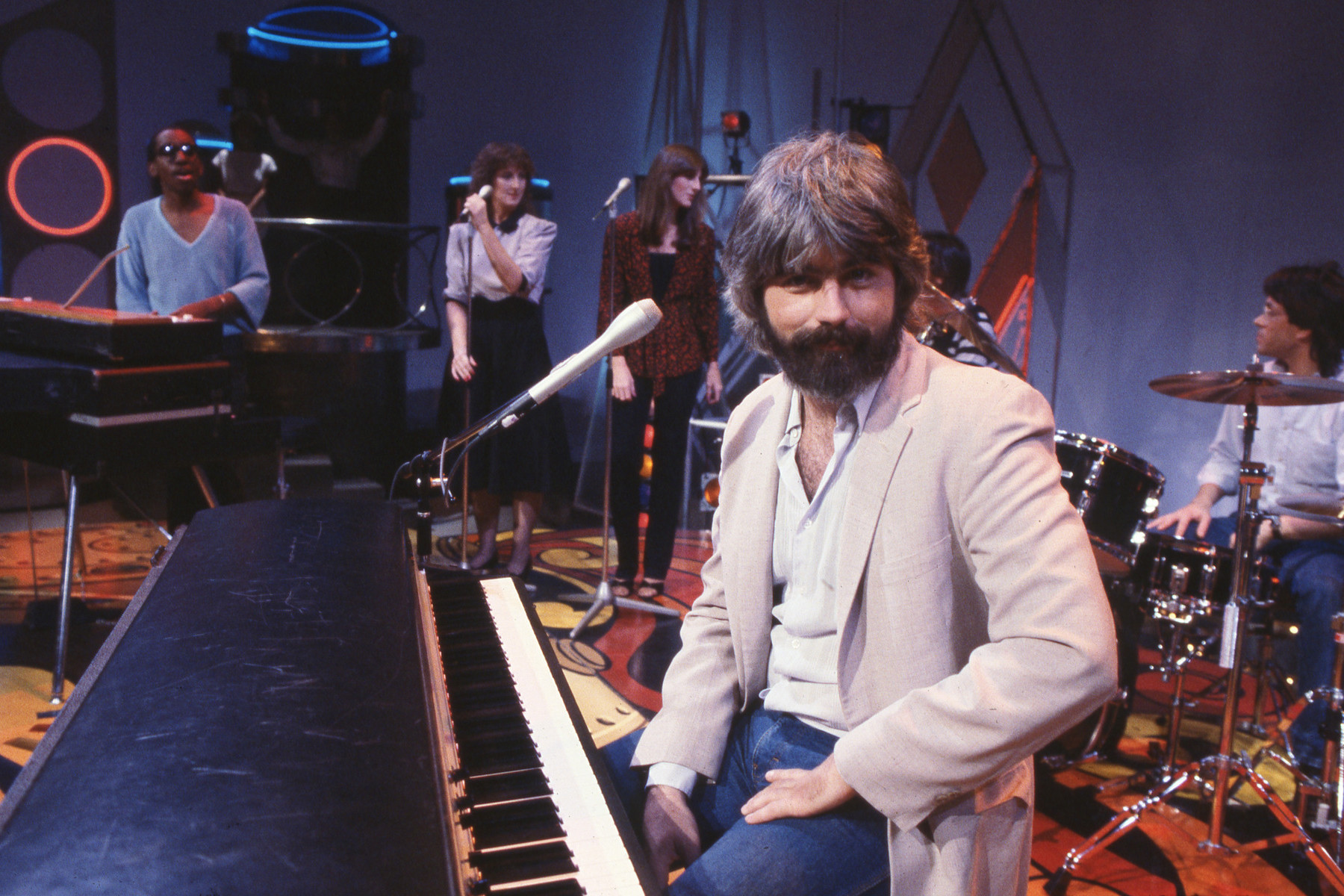 Michael McDonald performing "I Can Let Go Now" on Soul Train in 1982, solo career.
Michael McDonald performing "I Can Let Go Now" on Soul Train in 1982, solo career.
‘Yah Mo B There’ (1983) (James Ingram & Michael McDonald): A Duet of Powerhouses
“’Yah Mo B There’ was one of the best opportunities that ever presented itself in my career, which was a chance to work and write with James Ingram.” – Michael McDonald
Collaborating with James Ingram on “Yah Mo B There” was a career highlight for Michael McDonald, driven by his deep admiration for Ingram’s vocal prowess. He was particularly moved by Ingram’s duets with Patti Austin, citing them as tear-inducing. The experience of working with Ingram extended beyond professional respect, blossoming into a genuine friendship. Shared experiences of parenthood, particularly the challenges of raising children while navigating the music industry, created a strong bond between McDonald, Ingram, and the Doobie Brothers members who were also starting families. “Yah Mo B There” is not just a testament to their musical synergy but also to the personal connections forged through shared life experiences, resulting in a powerful and enduring duet that showcased their exceptional vocal talents.
 Michael McDonald and James Ingram performing "Yah Mo B There" in 2004.
Michael McDonald and James Ingram performing "Yah Mo B There" in 2004.
‘Take It to Heart’ (1990) (Solo): The Hit-Making Formula
“She just knows how to really deliver the knockout punch in the structure of the song… There was no room for my usual meandering. And she was right…” – Michael McDonald
“Take It to Heart” marked Michael McDonald’s sole songwriting collaboration with the prolific Diane Warren, an experience that provided invaluable insights into professional hit songwriting. After largely self-producing his album Take It to Heart, McDonald sought a song with broader appeal, leading to the collaboration with Warren. Working with Warren exposed him to a disciplined, no-nonsense approach focused on crafting radio-ready hits. Warren’s understanding of song structure and her laser focus on chart performance was a stark contrast to McDonald’s more organic and meandering songwriting style. He acknowledges the effectiveness of Warren’s method, as “Take It to Heart” achieved faster radio success than any of his previous tracks. This collaboration left a lasting impression, fostering a desire in McDonald to work with Warren again and appreciating the craft behind creating a quintessential hit song.
 Michael McDonald performing "Take It to Heart" on The Tonight Show with Johnny Carson in 1990.
Michael McDonald performing "Take It to Heart" on The Tonight Show with Johnny Carson in 1990.
‘You Show Me’ (1990) (Solo): Bossa Nova Dreams
“It was a song that stood on its own, because it had a slow bossa nova feel, which was something I always wanted to write. One of those songs like ‘The Look of Love’ or ‘Girl From Ipanema.’” – Michael McDonald
“You Show Me,” co-written with Harry Garfield, was a realization of Michael McDonald’s long-held aspiration to create a bossa nova-infused song. Garfield, an old friend who transitioned from musician to film music executive, approached McDonald with a film project opportunity, leading to their collaboration. Inspired by classics like “The Look of Love” and “Girl From Ipanema,” McDonald aimed for a similar sophisticated and laid-back vibe. The recording session for “You Show Me” involved a serendipitous moment with bassist Abraham Laboriel, who, familiar with Brazilian music, brought in his classical guitar and intuitively crafted the song’s distinctive guitar part. Despite McDonald’s fondness for the track, it didn’t make it into the intended film, and he still dreams of remixing it to fully realize its potential as a sparsely arranged, authentic Brazilian recording. “You Show Me” represents McDonald’s versatility and his passion for exploring diverse musical genres beyond his signature soul and rock styles.
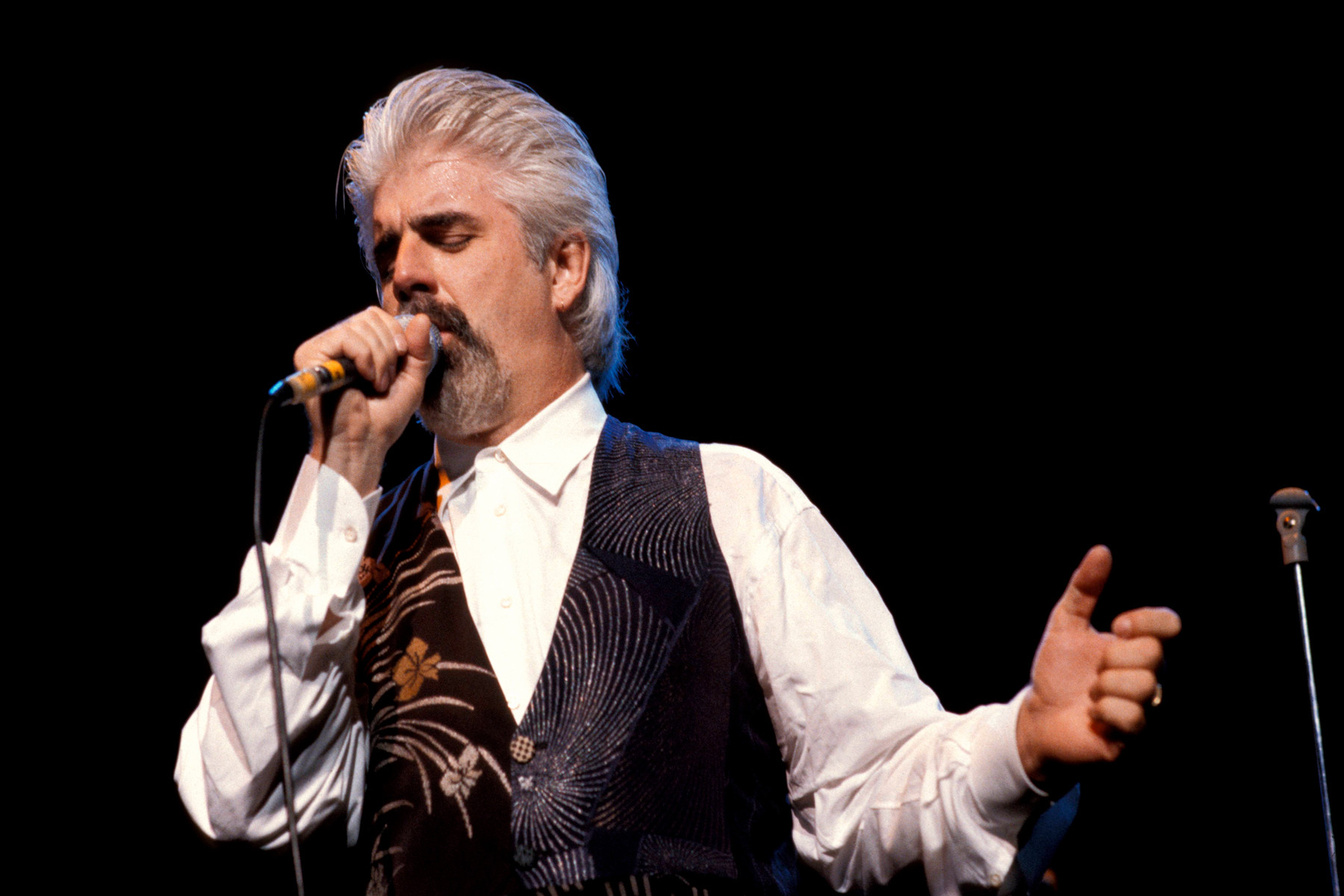 Michael McDonald in 1990, during his solo album era "Take It To Heart".
Michael McDonald in 1990, during his solo album era "Take It To Heart".
‘Blink of an Eye’ (1993) (Solo): Reflections on Time and Life
“’Blink of an eye’ somehow came into play too, how life is basically the blink of an eye. You’re in high school and the next thing you know you find yourself in your forties.” – Michael McDonald
“Blink of an Eye” emerged from a casual yet profound remark by a studio receptionist, highlighting the fleeting nature of life. This phrase sparked a deeper reflection on time, perspective, and the different stages of life. McDonald, then in his forties and raising children, contemplated the unique vantage point of midlife – looking back at the past and forward to the future. He envisioned the song with a New Orleans second line feel, blending a celebratory rhythm with introspective lyrics. The song became a tapestry of memories, weaving in childhood influences like television and pivotal historical moments, such as Martin Luther King Jr.’s speeches, that shaped his generation’s understanding of American reality. “Blink of an Eye” is a poignant meditation on the passage of time, the accumulation of experiences, and the continuous learning process that defines a life journey.
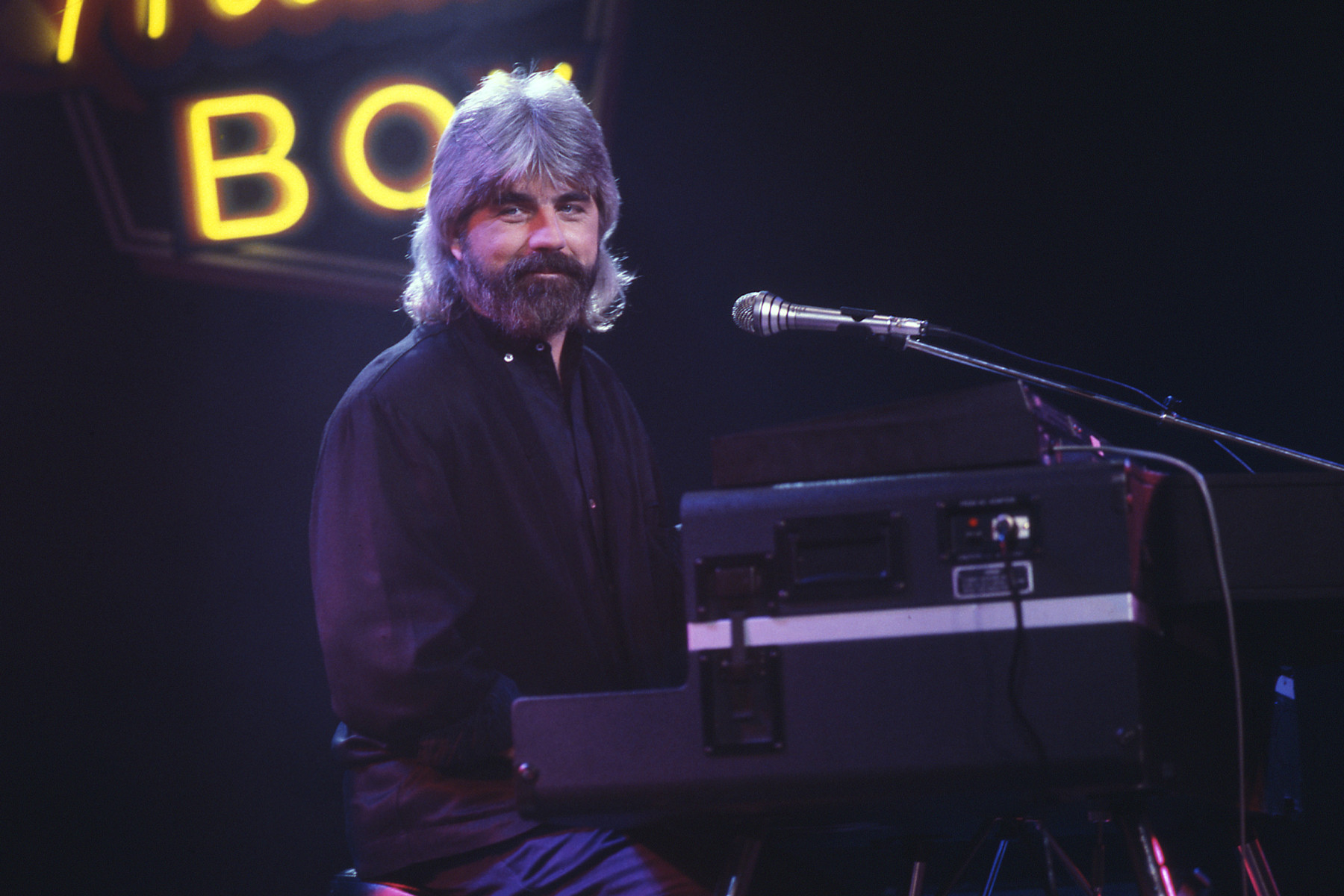 Michael McDonald in 1998, reflecting on life and career.
Michael McDonald in 1998, reflecting on life and career.
‘Where Would I Be Now’ (2000) (Solo): Autobiographical Honesty
“That song, for me, was really very autobiographical… ‘What is this pattern where, if you invest in me, if you bet on me in a relationship sense, I’m going to disappoint you time and time again…?’” – Michael McDonald
“Where Would I Be Now” delves into deeply personal and autobiographical territory for Michael McDonald, exploring recurring patterns in his relationships and personal struggles. Co-written with Tony Joe White, a songwriter McDonald deeply admired for his conversational and intuitive approach to songwriting, the song examines self-destructive behaviors and relationship dynamics. McDonald candidly reflects on a pattern of disappointing loved ones, particularly in romantic relationships, and the self-obsession often associated with addiction. The song is a raw and honest portrayal of these struggles, questioning the sustainability of such patterns and the toll they take on relationships. Joe Cocker’s cover of the song was a significant honor for McDonald and White, further validating the song’s emotional depth and relatability. “Where Would I Be Now” stands as a powerful example of McDonald’s willingness to confront personal demons and translate them into compelling music.
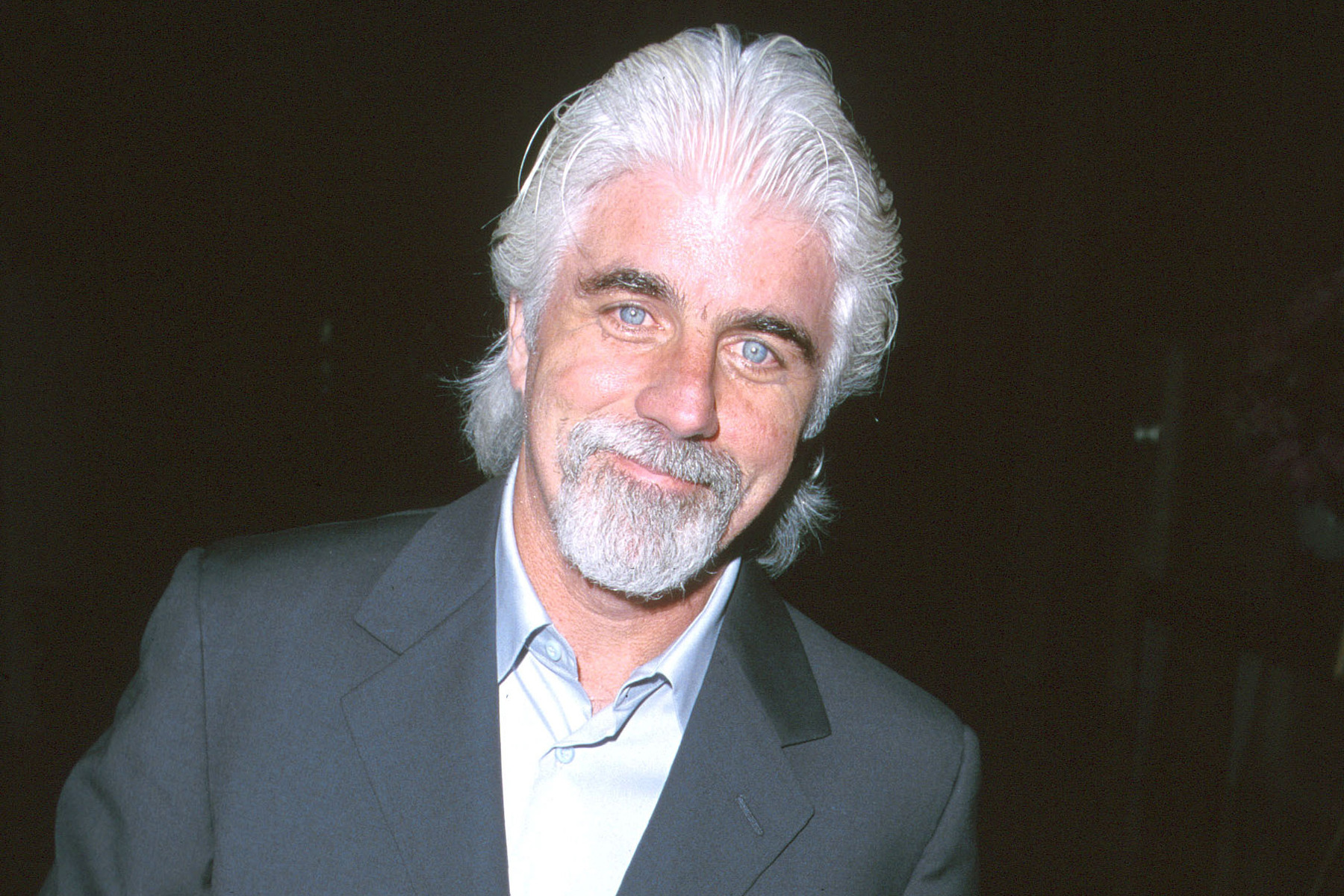 Michael McDonald at the 2000 ASCAP Pop Music Awards.
Michael McDonald at the 2000 ASCAP Pop Music Awards.
‘Peace’ (2001) (Solo – Christmas album): A Gospel Christmas Vision
“Aren’t we all on that search? At some point in our lives, don’t we realize that that’s really what we’re here for — to reach some understanding of ourselves beyond our self-absorbed notions of who we are and our perception of what reality is?” – Michael McDonald
“Peace,” from his gospel Christmas album In the Spirit, represents Michael McDonald’s desire to create a Christmas album with genuine spiritual depth. Enlisting producer Mark Harris, known for his gospel background, McDonald aimed to move beyond traditional Christmas songs and create original material rooted in gospel sincerity. Despite initial resistance from record labels, he persisted in his vision. “Peace” was conceived as a narrative from the perspective of the wise men, their journey guided by a star in search of something profound and unknown. McDonald sees this quest as a metaphor for the universal human search for meaning, purpose, and a higher spiritual understanding. Collaborating with Beth Nielsen Chapman, he developed the lyrics and melody, allowing the song to evolve organically and resonate with a deeper spiritual message. “Peace” embodies McDonald’s commitment to infusing his music with heartfelt emotion and spiritual reflection, even within the context of a Christmas album.
 Michael McDonald performing "Peace" in 2006, from his gospel Christmas album.
Michael McDonald performing "Peace" in 2006, from his gospel Christmas album.
‘Enemy Within’ (2008) (Solo): Facing Personal Demons
“My greatest problems didn’t have anything to do with other people, places, or things that I always historically loved to blame my problems on. My problems really began and ended with me.” – Michael McDonald
“Enemy Within,” from the Soul Speak album, marks a significant shift in Michael McDonald’s songwriting, as he began to directly address his personal feelings and struggles. Co-written with producer Simon Climie, the song emerged during a period of sobriety and self-reflection. For much of his career, McDonald had been more comfortable writing about others’ experiences, avoiding direct introspection. However, “Enemy Within” confronts the realization that his problems were self-generated, stemming from his own reactions and behaviors rather than external factors. The song title itself encapsulates this internal battle, acknowledging that the biggest obstacle to overcome was “the enemy within.” Inspired by a moment of tough love during early sobriety, where he was told “Tough shit” in response to his complaints, McDonald embraced the message that personal responsibility was key to overcoming his challenges. “Enemy Within” is a powerful testament to self-awareness and the difficult but necessary process of confronting one’s own flaws and patterns.
 Michael McDonald performing "Enemy Within" in 2009, reflecting on personal struggles.
Michael McDonald performing "Enemy Within" in 2009, reflecting on personal struggles.
‘Just Strong Enough’ (2017) (Solo): Blues Ballad of Addiction
“’If I just keep doing this, it’s going to work one of these times.’ So that’s what that song was about. That relationship where you’re just hanging on for dear life.” – Michael McDonald
“Just Strong Enough,” co-written with Gary Nicholson, delves into the themes of addiction and self-destructive patterns through the lens of a blues ballad. Inspired by classic slow blues songs like Al Kooper’s “I Love You More Than You’ll Ever Know” and Willie Dixon’s “Sitting on Top of the World,” McDonald and Nicholson crafted a song that captures the cyclical nature of addiction and the denial often associated with it. The lyrics depict a person trapped in a self-defeating loop, repeatedly choosing the same destructive path despite negative consequences, fueled by a misguided belief that persistence will eventually lead to a different outcome. McDonald uses the metaphor of an addict repeatedly hitting their head against a wall, hoping for a different result, to illustrate the irrationality and desperation of addictive behavior. “Just Strong Enough” is a poignant and bluesy exploration of these themes, reflecting McDonald’s continued willingness to explore complex and personal subjects in his music.
 Michael McDonald discussing his album "Wide Open" in 2017, blues influences.
Michael McDonald discussing his album "Wide Open" in 2017, blues influences.
Michael McDonald’s song catalog is a rich tapestry of soulful sounds, insightful lyrics, and masterful vocal performances. From his early career breakthroughs to his introspective solo work, his music has consistently resonated with audiences across generations. These selected songs offer a glimpse into the diverse themes and musical styles he has explored, showcasing his evolution as an artist and his enduring impact on popular music. Whether with Steely Dan, the Doobie Brothers, or as a solo artist, Michael McDonald’s voice and songwriting have left an indelible mark on the landscape of American music, and his songs continue to be cherished and rediscovered by listeners worldwide.
